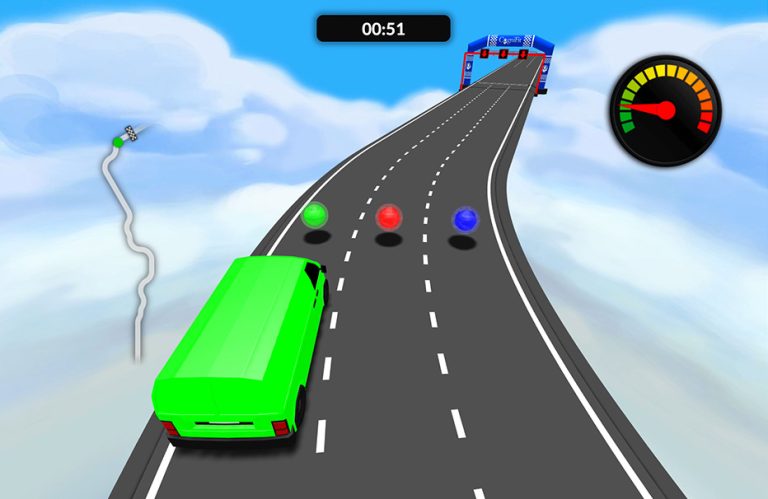Cognitive training involves activities designed to enhance brain function, improving memory, attention, problem-solving, and decision-making. While traditional exercises focus on structured mental workouts, gamified approaches have gained popularity for their engaging formats. Color games, which challenge players to recognize, predict, or match colors, offer unique cognitive benefits. Exploring their role in cognitive training helps uncover their effectiveness in strengthening mental processes.
The Science Behind Cognitive Training
Cognitive training aims to stimulate neural connections by engaging different regions of the brain. Activities that require pattern recognition, quick decision-making, and memory retrieval enhance cognitive abilities over time. Research suggests that engaging with games that demand rapid responses and strategic thinking improves mental agility, helping individuals process information more efficiently.
How Color Games Challenge the Brain
Color-based games involve recognizing sequences, identifying similarities, or making predictions. These tasks activate cognitive functions such as visual memory, attention span, and reaction time. Players must process color patterns rapidly, reinforcing neural pathways associated with perception and decision-making. By repeatedly engaging with these challenges, individuals enhance their ability to recall, differentiate, and adapt to changing stimuli.
Improving Memory and Recognition
Memory enhancement is one of the primary cognitive benefits of color games. Tasks that require recalling previous color sequences strengthen short-term and long-term memory. Recognition-based exercises help individuals retain information by reinforcing associations between visual stimuli and learned responses. As memory improves, individuals exhibit greater retention abilities, aiding in daily tasks and problem-solving.
Enhancing Attention and Focus
Maintaining attention in color games requires sustained concentration, particularly in fast-paced scenarios. Players must react quickly to color changes, filtering out distractions and staying engaged with the game’s mechanics. Repeated exposure to attention-demanding activities improves focus, helping individuals maintain sharper cognitive control in various real-world situations.
Strengthening Decision-Making Skills
Predicting outcomes and selecting appropriate actions in color games encourages strategic thinking. The ability to assess probability, recognize trends, and make confident choices refines decision-making skills. As players practice analyzing patterns, they develop structured approaches to problem-solving, benefiting cognitive flexibility and logical reasoning.
The Role of Color in Cognitive Processing
Colors influence brain activity, affecting emotions, memory retention, and cognitive performance. Studies show that certain colors enhance mental stimulation, while others promote relaxation. Integrating color-based challenges into cognitive training exercises leverages these effects, optimizing engagement and cognitive development. Games utilizing color differentiation, contrast perception, and brightness detection activate distinct cognitive regions, reinforcing adaptability and mental acuity.
Applications in Education and Professional Training
Color games serve as valuable tools in education, aiding in learning retention and concentration. Interactive platforms designed for students enhance cognitive skills while making academic concepts more engaging. Professionals in fields requiring quick thinking and problem-solving, such as design, engineering, and healthcare, benefit from color-based cognitive exercises to refine precision and reaction times.
Digital Innovations in Cognitive Gaming
Advancements in technology continue to integrate cognitive training with interactive gaming experiences. Artificial intelligence adapts challenges based on individual progress, ensuring personalized development. Mobile applications and virtual reality simulations further enhance accessibility, enabling users to engage in cognitive exercises tailored to their skill levels. As digital tools evolve, 91 club colour prediction games remain a promising method for improving cognitive function.
Conclusion
Color games offer significant potential for cognitive training, improving memory, attention, decision-making, and focus through engaging activities. By stimulating brain function with pattern recognition and rapid responses, these games provide valuable mental exercises that strengthen neural connections. As technology advances, integrating color-based cognitive training into educational and professional settings ensures continued cognitive development for individuals across various fields.

